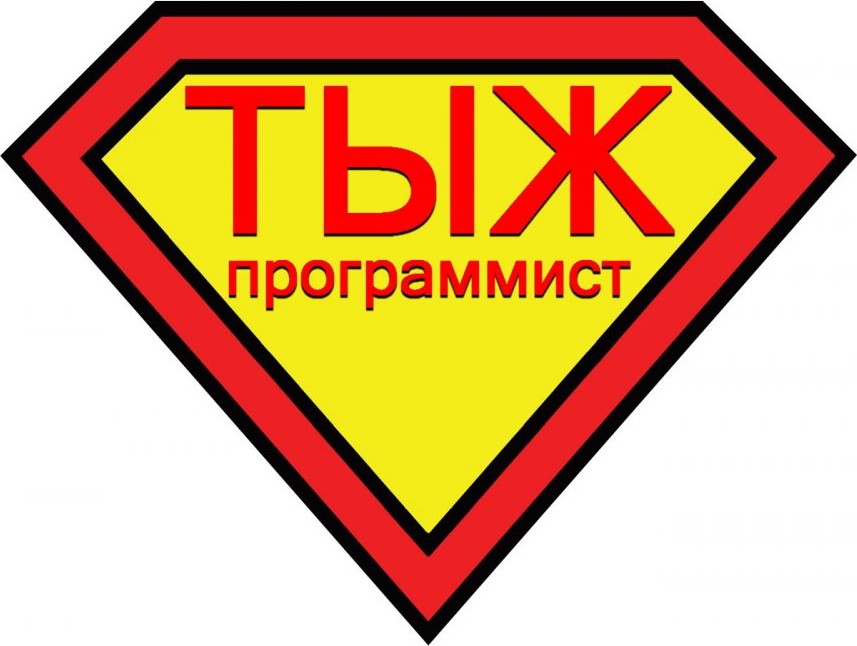Become a Guru
To become a guru you have to learn the basics of change management. These basics are explained in ‘Become a master of organizational change’.
In the following model (which is simplified of course) a summary is offered of these eight chapters. The basic idea is that change management gurus should be able to choose the right strategies. Choosing the most effective strategy (blueprint model approach or dynamic capabilities approach) begins with knowledge of (1) the content of change (scope of change, speed of change) and (2) the organization’s DNA (people make the place, rules/procedures, structure, and time orientation). In short, choice of change strategy = f(content of change, organization’s DNA) .
| Blueprint model | Dynamic capability approach | |
|---|---|---|
| 1. Content of change | 1. Content of change | |
| a. Scope/frequency: | a. Scope/frequency: | |
|
|
|
| b. Speed of change: | b. Speed of change: | |
| crisis situation, short time span to implement — fast | evolutionary, stepwise, bottom-up driven — slow | |
| 2. DNA | 2. DNA | |
| a. People make the place: | a. People make the place: | |
|
|
|
| b. Structure: | b. Structure: | |
|
more vertical, mechanistic focus on technical efficiency (bureaucracy), formal control mechanisms, limited voice given to employees, top-down communication |
more flat, horizontal, semi-structures, participative culture, strong horizontal and vertical communication |
|
| c. Rules and procedures: | c. Rules and procedures: | |
|
|
|
| d. Time orientation: | d. Time orientation: | |
|
|
|

|

|
|
|
Works well for revolutionary change that impacts entire organization.
|
Works well for evolutionary change (continuous change is almost synonymous to learning).
|
Apart from this reference model I regularly will post some of my own research. The next article discusses how interpersonal justice, social interaction and relational conflict play a pivotal role in shaping employees’ commitment to change. This study involved a large-scale restructuring.
 Download
applied-psychology-paper.pdf
Download
applied-psychology-paper.pdf
![[logo]](/img/logo.png)
